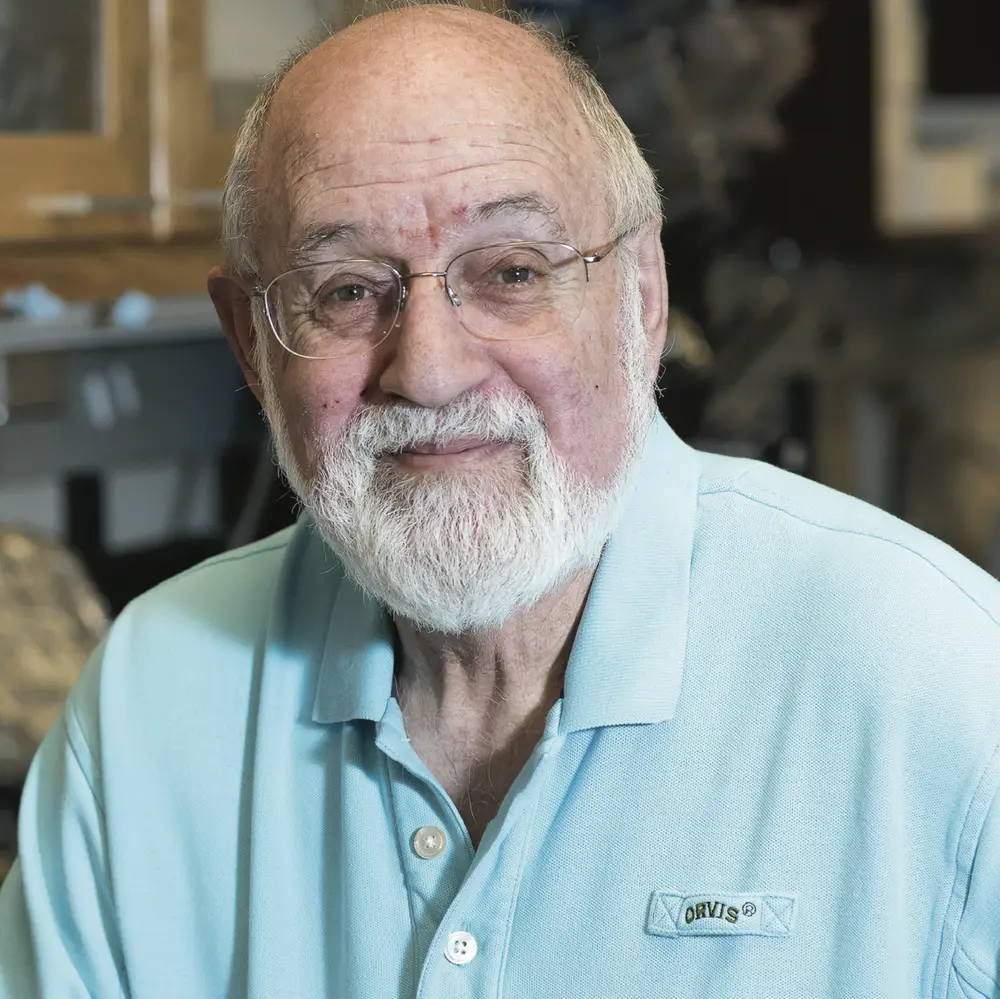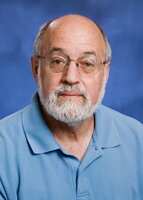
It is rare to fall in love with a field during college, pursue it, and build a stellar career. Yet, that’s what John Cronan’s life has always been about- fatty acids. Cronan’s interest in lipids began when he was undergraduate student. “I did an NSF summer internship at UCLA where I studied how green algae made unsaturated fatty acids,” said Cronan. At the time John worked with Armand Fulco, an accomplished lipid metabolism investigator. “My experience with Armand encouraged me to go to graduate school at the University of California, Irvine.”
“At the time most studies that were being carried out focused on brain lipids, which were polyunsaturated and were therefore could react with oxygen,” he said. “I wanted to investigate whether the same was true for E. coli.” He discovered that E. coli contained monounsaturated fatty acids, which were not susceptible to oxidation and thus much easier to work with. He went on to study the fatty acid and phospholipid contents of E. coli and investigated the changes that occur during different growth phases.
What makes Cronan’s studies even more impressive, other than publishing seven papers in three years, is that he carried out his work largely single-handedly. “At the time, UC Irvine was just getting started and had only a few faculty, no one worked on lipids, so I had to solve problems by teaching myself how to do the analyses.”
Unsurprisingly, when it was time to look for a post-doctoral position, Cronan was immediately recruited by Roy Vagelos. Vagelos, a renowned scientist in the field of lipid biochemistry, was impressed by Cronan’s ability to do independent research and use different investigative approaches, a trait that was encouraged at Irvine by having open labs that allowed the sharing of resources. After a productive 2 years, Cronan moved to the Department of Molecular Biophysics and Biochemistry at Yale, where he remained for 8 years before finding his permanent home in Urbana-Champaign.
“Ralph Wolfe was the head of the search committee when I was hired at the U of I. He’s my hero- an unassuming man who was always above politics and produced a staggering body of work,” said Cronan. Quite a compliment, considering Cronan himself has trained over 40 Ph.D. students, published 300+ papers, is a member of the National Academy of Sciences, was the head of the microbiology department for 21 years, and has been awarded the same grant for 48 years.
How did Cronan build a career in microbiology given his biochemistry background? “I learned by osmosis in seminars. My only experience prior to UIUC was a microbiology course I took as an undergraduate. I learned how to take apart
a microscope and put it back together really quickly.”
For today’s researchers, John believes that the walls that separate each field are very thin. The fields have become more molecular, and it is imperative to continue learning new concepts. “The next big thing will be to study the microbiome, how bacteria communicate with each other, and what signals they send to the hosts. My favorite joke is that the human body was designed by bacteria in order to carry them around.”
Interestingly, John still works in the lab, which is unusual for a faculty member. “I enjoy it, it’s my hobby. Also, I understand the technology because I’ve actually done it,” he quips. To put that into perspective, in order to carry out his early work, John had to buy frozen E. coli cells from Grain Processing in Muscatine, Iowa, which came in giant Chinese food take-out containers. The cells had to be thawed, thrown into a homogenizer, and then processed through several steps to extract proteins. Now with the development of sophisticated techniques all these steps have been reduced to a day’s work. “When I was in Yale we also made our own restriction enzymes and would swap with other labs. Now you can go down to the storeroom and pick them up.” Of all his accomplishments what does John take pride in? Without skipping a beat, he says “My graduate students, they’ve done all their work from scratch”.
Outside lab John has several interests, the biggest ones being tennis and travel. “I got into California State University, Northridge on a tennis scholarship. It covered my books, fees, and a meal card in the cafeteria.” He
also has traveled extensively with sabbaticals in Australia and New Zealand and the UK as well as several trips to Africa. John is also the proud holder of the “Rwanda Gorilla Trekking Certificate”, where he got to observe silver- backed gorillas in their habitat. “I’ve had a young gorilla bounce off my leg when it was playing, I’ve been attacked by an elephant and a buffalo, and I’ve loved it. I look forward to going back.”
When asked about his experience as Department Head John points to his office which is an assortment of papers and lab equipment and jokes “My wife said that having looked at my office, she didn’t think that I would ever get anything straight!”
For most of his time here John says that the department has been a “bug department”, focusing on fundamental bacterial metabolism. “This type of department, while being uncommon in the U.S., is standard in Germany where I’m treated like a minor rockstar. However, it is exciting to see that now we are becoming more diverse and we have virologists and immunologists.”
Even so, the collegial environment has remained unchanged. “We have similar personalities and values.When I first arrived I implemented the open door system of labs and this aspect surprises many of our visitors.This department has a generosity of spirit that is rarely seen.”
